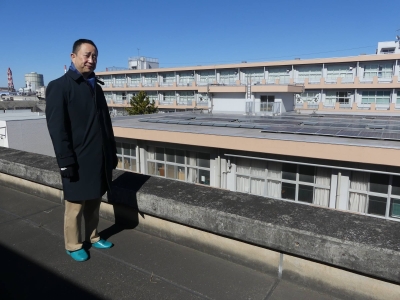Japan's producer prices climbed 3.3% in fiscal 2024 from the previous year, rising for the fourth successive year, as rice prices shot up and firms raised prices to reflect higher materials and labor costs, a Bank of Japan report showed Thursday.
According to a preliminary report by the central bank, the producer price index in the year through March stood at 123.9 against the 2020 base of 100. The index, which measures the cost of goods traded between businesses, logged a record high for the third straight year.
Agricultural, forestry and fishery goods prices surged 19.7%, reflecting higher prices of rice sold to wholesalers and price hikes due to increases in labor and other costs.
Higher prices of aluminum and copper resulted in a 14.4% jump in nonferrous metals prices. Prices of foods and beverages rose 2.4%.
Electricity, gas and water costs advanced 3.6% after the government downsized its subsidies.
On the other hand, steel prices slid 0.7% due to an economic slowdown and overproduction in China.
According to the BOJ, there was a spike in demand for copper ahead of the implementation of high tariffs by the administration of U.S. President Donald Trump.
A BOJ official said the central bank will closely monitor developments, as the U.S. tariffs may also have an indirect effect on the real economy through market conditions and changes in demand.
In March alone, the producer price index rose 4.2% from a year before to 126.0, up for 49 months in a row and logging a record high for the seventh consecutive month.
Prices rose for 387 of the 515 items surveyed and fell for 106.
Agricultural, forestry and fishery goods prices jumped 40.1%, while prices of petroleum and coal products gained 8.6% on a reduction in government subsidies for gasoline.

















With your current subscription plan you can comment on stories. However, before writing your first comment, please create a display name in the Profile section of your subscriber account page.